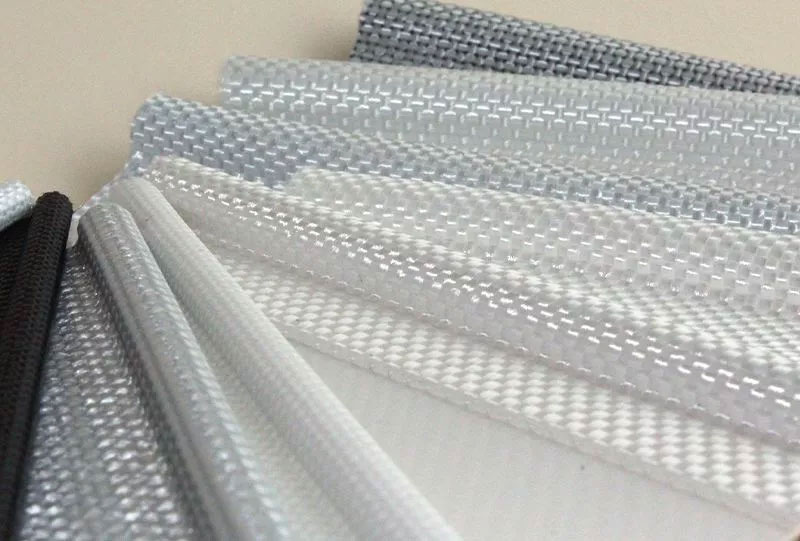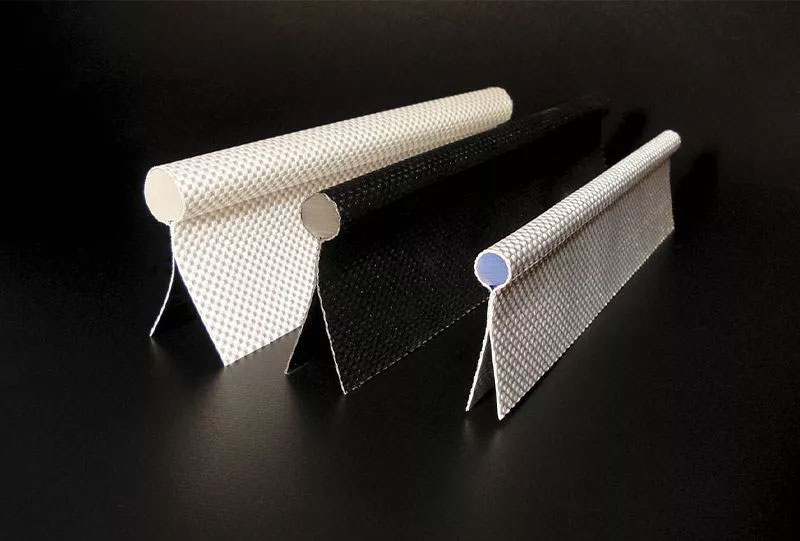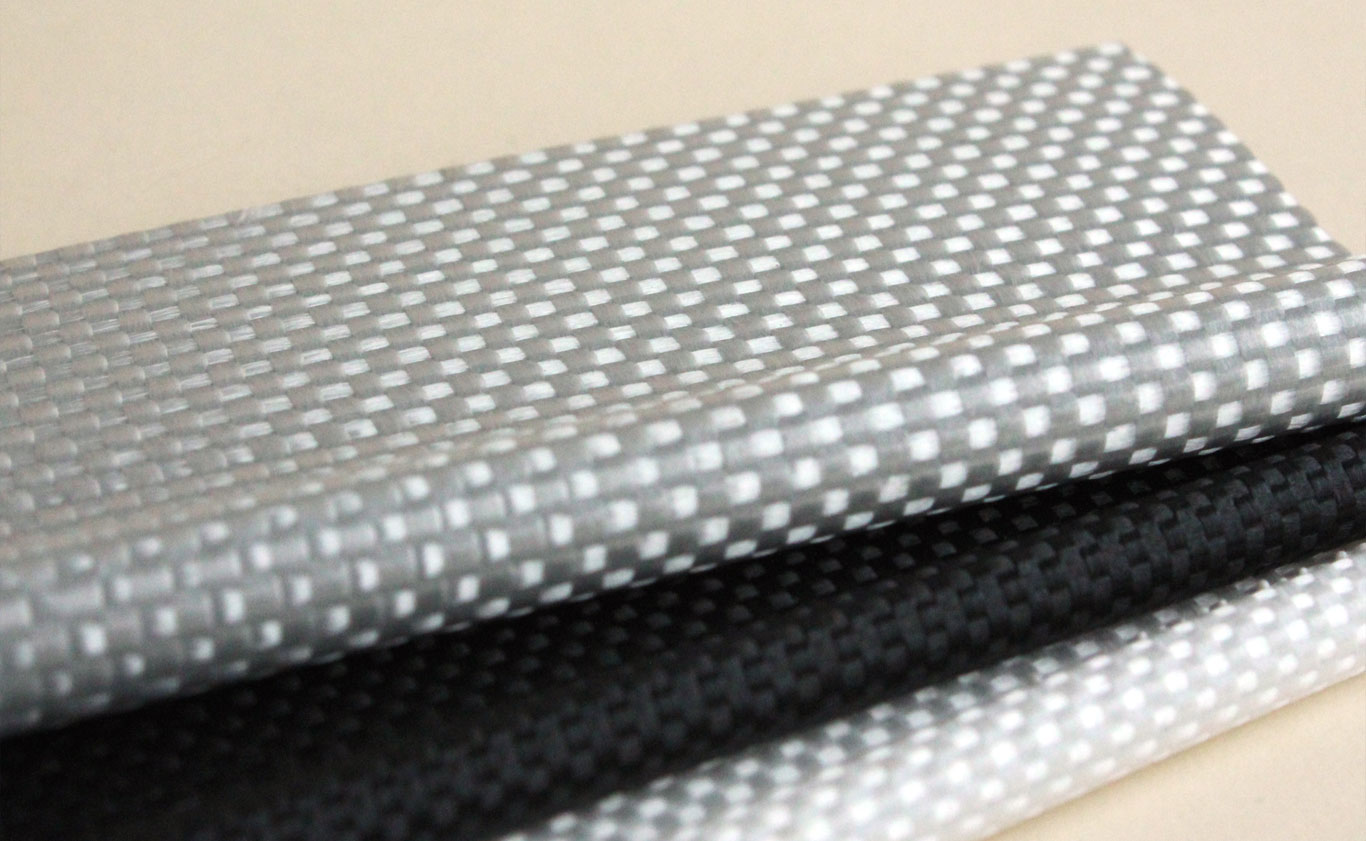
Keders
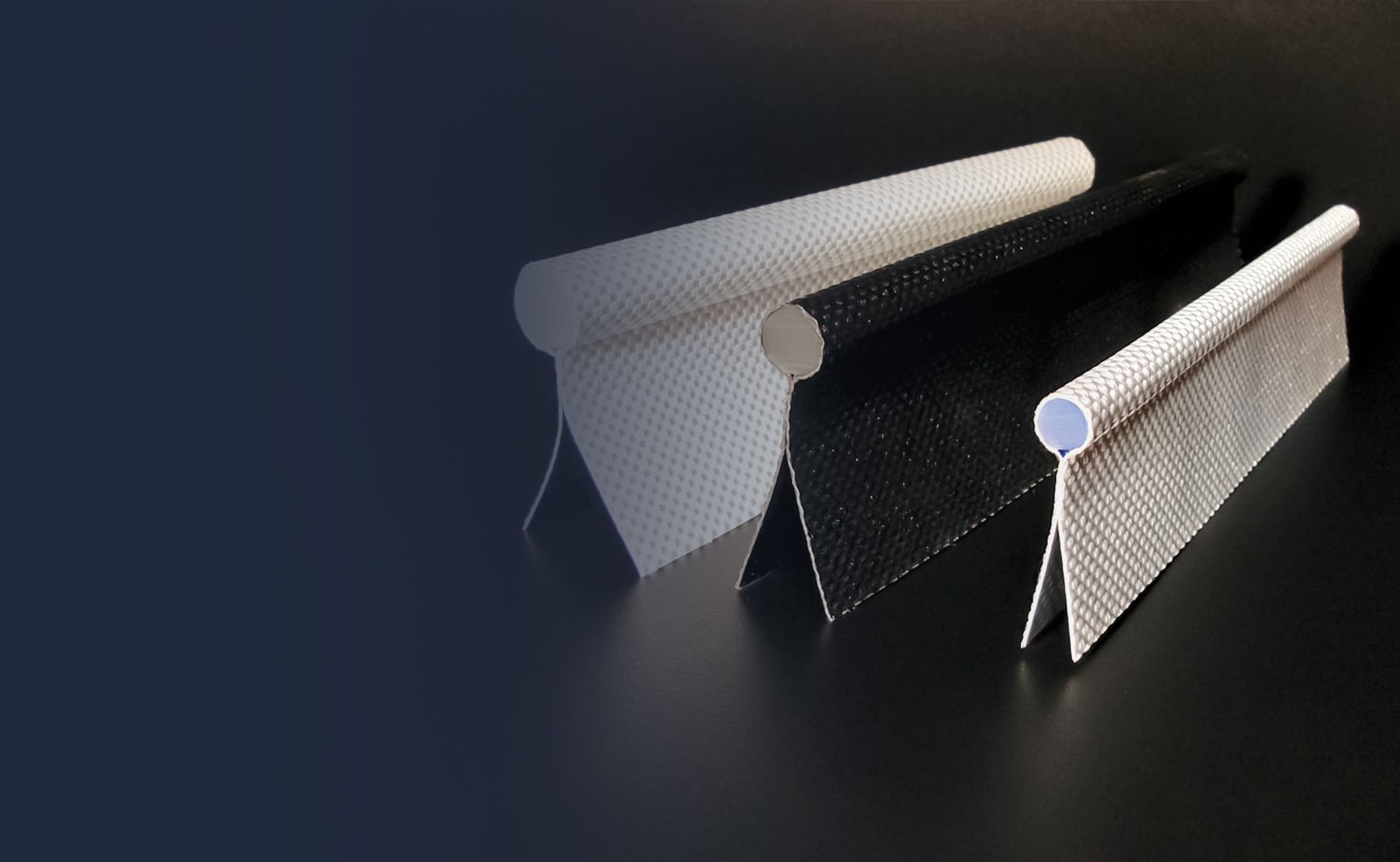 Heavy-Duty Coated Polyester Fabric Welded
Heavy-Duty Coated Polyester Fabric Welded
LUCKY-TECH Membranes Pvt Ltd provides Keders that are heavy-duty coated polyester fabric welded to a cord of solid PVC material resulting in a very strong, flexible and slippery track welting that slides easily and effortlessly. The Keders we engineer are welted by a strong, woven, polyester fabric that is created by polyester material wrapped around a solid PVC core which is then welded.
Get In TouchKeders
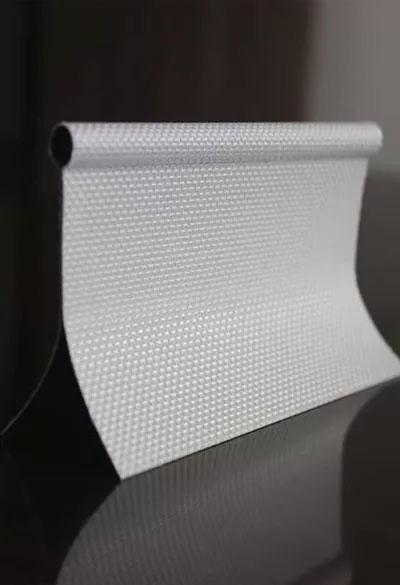 The welt has a choice of a 10mm to 30mm round core and an option for either single flap or double flap making Keder welt a great solution for many types of applications that require a large amount of strength or high-tension requirements in different types of track or rail as a part of the job.
The welt has a choice of a 10mm to 30mm round core and an option for either single flap or double flap making Keder welt a great solution for many types of applications that require a large amount of strength or high-tension requirements in different types of track or rail as a part of the job.
Moreover, we provide perfect solution for a variety of applications including both permanent and semi-permanent tents, banners, building wraps, facades, awnings, curtains and marine products.
The basic work of Keder is attachment mechanism in a tensile/ tent structure. They are used in conjunction with a coated textile and enable the user to slide the textile through a profile. Our unique, flexible, and slippery product slide easily and effortlessly bends around the curves.
Banners also play a vital role in the usage of Keders. The availability in many specifications (sizes, colours, weaves) makes Banners the most suitable application of Keders.
Industry's Best Features
 Keder is a fast, easy and secure mounting system for mounting temporary and permanent structures, clear-span structures, large-scale banners and signage and more.
Keder is a fast, easy and secure mounting system for mounting temporary and permanent structures, clear-span structures, large-scale banners and signage and more.
Fabric structure engineers will note that a keder connection produces no friction between the sheet and truss as there might be in a structure which employs a cover over a frame. Keder structures can be strong enough for long-term, semi-permanent installations.
Rental Tents and Tent Structures:– Keder allows for a strong connection between industrial fabric panels and frames in tensile and tent structures. For this application we supply standard as well as Double Coated Keder, which slides more easily into the frame but also provides improved UV resistance. We also supply Keder Rails, fabric panel manufacturing services and Renew Keder, a type of rope edge used for repairing fabric panels in existing structures.
Banners and Advertising:– Keder and Keder rails are used widely for advertising banners and signs. Durability and easy installation make our Keder ideal for this type of application.
Special Features
Our Professional / Machine-made Keders are highly appreciated by the users. The product not only empowers to create strong sleek structures that are luxurious in appearance but maximize the impact with the added benefit of effortless installation.
Applications
Awnings, Canopies, and Sun Shades - Keder and Keder Rails are used frequently to secure awning fabric for smaller-scale outdoor spaces.
Marine:– Keder is often used for boat covers and sails.
Sign Industry:- Keder is increasingly used in Sign Industries to mount fabric signs and banners into frame systems on walls, on the sides of trucks and various types of free-standing displays. It may also be commonly called bead, cord, piping, welt or welting, depending on the application and industry.
Custom Applications:– Keder is an excellent solution any time when you need fabric connected to a frame.
faq's
In the world of fabric structures, Keder is used in tents, clear span structures, temporary buildings, temporary roofs, agricultural environments, and scaffold covers. Keder is used to attach awnings to buildings, camping vehicles, and boats. It is also used in sailboats to attach sails to spars. And it is increasingly used in the sign industry to mount fabric signs and banners into frame systems on walls, on the sides of trucks, and various types of free-standing displays. It may also be commonly called: bead, cord, piping, welt, or welting, depending on the application and industry.
Indeed, "keder" is only one word for this product, other common names include "kador", "ketter", "sail rope", "kedder", "edge reinforcement", "hem rope", and "keter". We use the term "keder" because it is the most commonly used, and most recognized in the industry.
There are many different factors to consider when it comes to choosing the right Keder: application, strength, durability, as well as available attachment methods.
Style, weave and thread weight are all factors to be considered when selecting the Keder that is right for your project.
Style:- Keder can be largely separated into three main styles based on their attachment method: sewing, single-flag weldable, and double-flag weldable.
Sewing Keder:- Sewing flag is the simplest of the three to attach. The flag is is welded shut, which makes it easy to sew to a fabric panel. This is often a great choice for signs and banners, however it can also for larger applications such as awnings and canopies.
Single Flag Keder:- Single flag is designed to be attached by any welding method, including hot air welding, wedge welding, and radiofrequency welding (RF welding for short). RF welding creates a stronger bond and improves water tightness and UV resistance. Single flag is not appropriate for larger panels with high tensile loads because it is only welded on one side, that weld becomes a single point of failure. This is why single flag often uses wider 20mm welds, and why it’s highly recommended to use RF welded single flag Keder. All of the Keder distributed by our company is RF welded.
Double Flag Keder:- Double-flag is the strongest and most durable, but can only be welded properly using a radio-frequency (RF) welder, which can be cost-prohibitive for smaller companies. The weld is no longer a point of failure because both sides of the flag are welded to the panel, making the strength of the fabric itself the only limitation.
Weave Styles:- The weave style refers to the way the Keder Fabric is woven. There are two common weaves: plain weave and the panama style weave.
Plain Weave:- Plain weave is the most basic form of weaving. Each weft yarn crosses the fill yarns up and under. The next weft yarn goes over the fill yarn that the previous weft yarn went under and so on.
Panama Weave:- Panama weave is a variation, whereby 2 yarns next to each other go up and under, as well in the weft as the fill direction. The Panama weave allows a greater strength of the fabric with the same yarn size because more yarn can be woven per inch.
Thread Weight:- There are different strengths when it comes to the thread, or yarn, that makes up the fabric. Fabric strength is measured using either the denier or the Dtex scale. Keder with thicker yarn tends to be stronger, more durable, and to slide better, however, it also usually costs more. Lightweight Manufacturing offers three different thread weights: 2000 Denier, 1500 Denier, and 1000 Denier.
Our team of experts is always happy to review which style is the best for your project. They will help you find the Keder that balances price, quality, durability, and look that will best fit your project.
Keder extrusions (also known as keder rails) are Aluminium extrusions designed to allow rope edges to slide into them, securing fabric panels in a way that is safe and efficient. They allow for fabric panels to be added to almost any frame with minimal alterations. The rails can offer solutions for awning and shade, tenting and structures, curtains, as well as banners and billboards.
The method for welding keder to fabric depends on the type. Double flag keder is generally welded using a radio-frequency welder since three layers of fabric are welded at the same time. However, Single flap keder can be welded using wedge welders or hot air welders since they only require a simple overlap weld.
Dtex and Denier refer to the weight of the thread used in making the keder fabric. Heavier threads lead to stronger keders that last longer and slide better. 1100 Dtex (1000 Denier) is considered the industry standard. However, we also sell 2200 Dtex keder when maximum wear resistance is required, or any time a higher quality keder is desired.
Double flag keder provides more strength in applications where high tensile loads are transferred through the keder into the frame and can be used with stronger fabrics since the tensile strength is divided over two layers of keder cloth. It also offers protection against the main keder fabric weld separating, since both layers are welded to the fabric panel.
Single flag keder can be welded with cheaper and faster welding equipment like floor and wedge welders. In the larger diameters, we provide a single flag keder with a wider keder weld (20mm versus 10mm on the double flag) to provide more strength in the keder weld and protect against weld delamination.
These terms refer to the type of weaving. Plain weave utilizes one thread up and down in each direction, whereas Panama weave uses two threads next to each other in each direction. Therefore, Panama woven fabric is heavier than plain woven, creating a stronger fabric with a slightly looser weave while still using the same thread weight. However, Panama woven keders are generally more susceptible to fraying, therefore using heavier threads (2000 Denier) instead of more threads results in a higher quality keder, but at a higher price.
By 2025, keders are manufactured with reinforced cores and high-performance coatings that enhance flexibility and life. These enhancements provide improved sealing, simplified installation, and minimized fabric stress in tensile structures and tents.
Get Your Free Quote Today!
